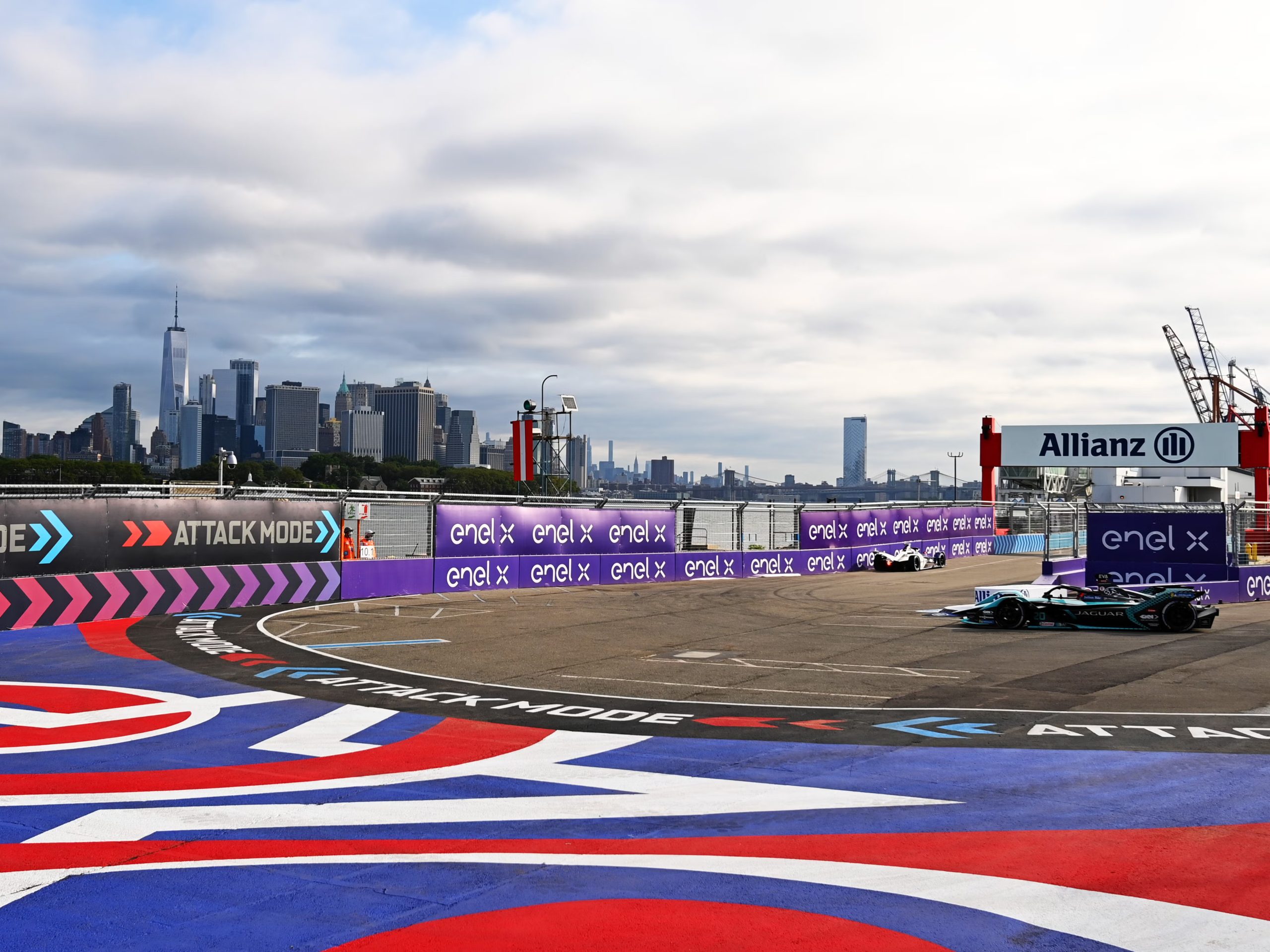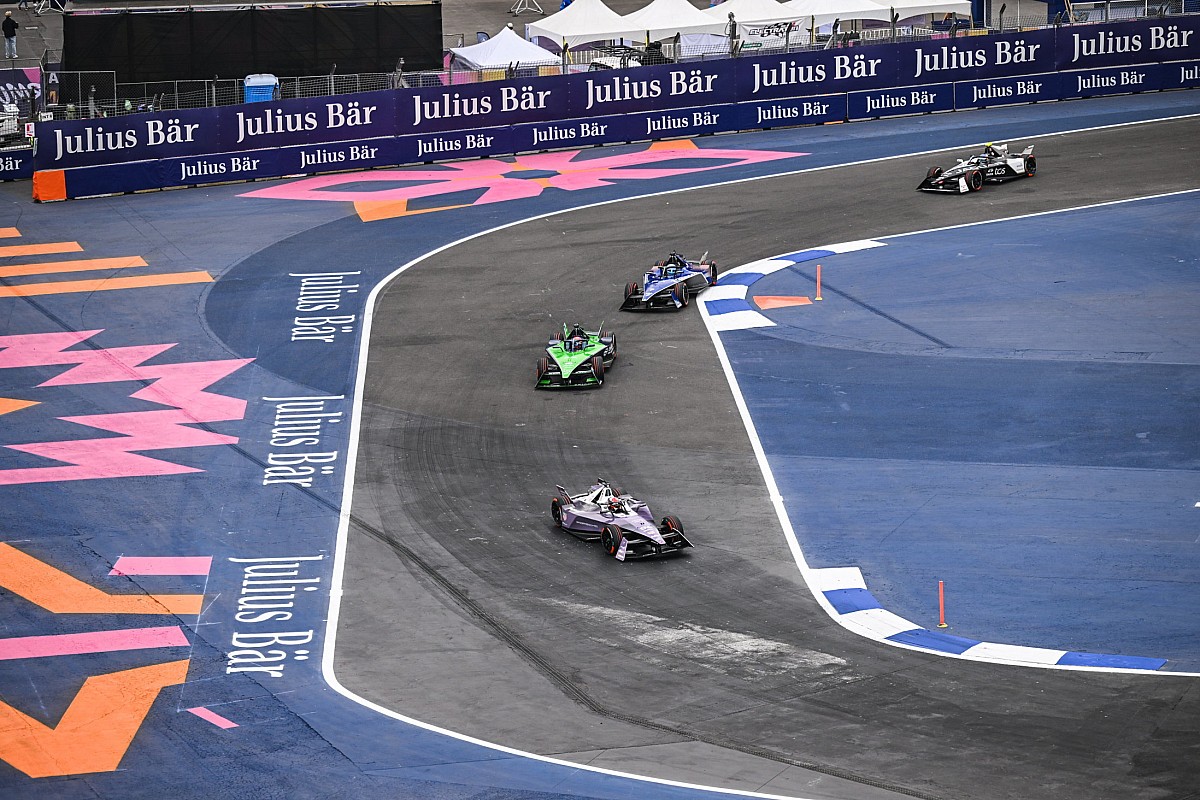“While someone suggested that the Diriyah E-Prix double-header was a more exciting race than Mexico, it was far from a resounding endorsement, given the lack of action witnessed last weekend.
The opening Formula E race in Saudi Arabia did feature a three-way battle for the win until half distance, and in the sequel, new championship leader Nick Cassidy had to climb from third to take victory.
However, these were not the kind of classic contests that will be etched in people’s memories. Beyond the top positions, the races were characterized by line-astern racing, where positions remained largely unchanged for significant portions of the race. There were no safety cars to introduce unexpected twists.
Processional races are not uncommon in motorsport, as witnessed in Formula 1 last season. They are more prevalent than enthusiasts might admit. However, it is important to acknowledge that without the dull races, the appreciation for truly exciting ones diminishes.

The Formula E conundrum lies in the fact that last year, there were many races where drivers changed positions every lap and numerous overtakes occurred— a stark contrast to the three races of 2024 so far.
It’s crucial to note that what was often termed an ‘overtake’ last year, especially during the activation of Attack Mode, was more of a ‘change of position.’
Attack Mode, a mandatory process twice in every race that provides drivers with an energy boost for eight minutes, led to inevitable position changes as drivers moved off the racing line.
The 403 ‘overtakes’ in Portland last year, as highlighted by the championship on social media, exemplify this phenomenon. While some argue it’s manufactured drama, others see it as a strategic tool integral to the race, akin to a pitstop.
The question arises: why the dull races so far in 2024? Attack Mode was utilized last season, yet the opening races in the previous year were generally thrilling. The difference lies in the fact that teams and drivers now have a year of experience with the Gen3 car, allowing them to maximize their packages, including energy efficiency.
Last season revealed that leading from the front was not advantageous due to the aerodynamically draggy Gen3 machine. Races turned into cycling-like scenarios, with drivers strategically moving within the peloton to save energy in the slipstream.
However, this became an issue primarily on tracks with high energy management and effective slipstreams. Diriyah did not present such challenges, and thinner air in Mexico mitigated slipstream effects.
As the calendar progresses with more energy-demanding and wider, faster tracks, the expectation is for more entertaining races. Nevertheless, there are no guarantees. Formula E’s challenge remains in finding the right balance between professional and wildly dramatic races.
Roger Griffiths, Andretti’s team principal, emphasizes the importance of FIA simulations in determining race dynamics, expressing the hope for more challenging and spectacular races. The goal is to maintain Formula E’s spectacle, with hundreds of overtakes rather than just a handful.”
